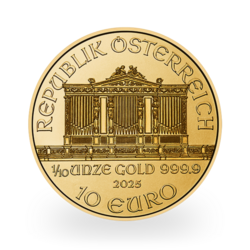The European Central Bank inaugurated its “non conventional policy” in March, 2015. First, one has to beware of obscure phrases that reek of waffle. When a car driver goes over a white line, he doesn’t tell the cop arresting him that he was just driving in a “non conventional way”; he is aware he made a mistake and admits it or, in good or bad faith, contests it.
When a central bank starts buying sovereign and corporate bonds on a large scale, it is going way over the white line. Economic history is witness to such interventions ending badly. There wasn’t even the excuse of having to face a 2008 type of financial crisis. No, the ECB only wanted to spur economic activity and reach 2% of inflation. One would be tempted to ask them what the hell they’re doing. Economic growth will come from the real economy, and the role of a central bank is to guarantee the value of the currency and fight inflation, period. But the ECB is independent: it does what it wants, even though it’s going after pipe dreams.
With 80 billion euro a month starting in March, 2015, 60 billion after December, 2016, and 30 billion starting next January, more than 2 trillion euro in bonds are now on the ECB’s balance sheet, with money created artificially (the “printing press”, a very apt phrase). What are the results? Well, there are none, whether on growth or inflation. And this deluge of liquidity (Quantitative Easing, in central banks’ lingo) is and has always been coupled with interest rates lowered to zero or even negative rates that are supposed to stimulate spending and investment. In a study of its own, the ECB concludes that its QE brought about 0.18% of growth for the first quarter of 2015, and that this number has progressively declined in 2016 – an utterly ridiculous feat. Things are not working, but let’s keep doing more of the same. Such is the ECB’s policy, truly “non conventional”...
Whether because the ECB fears losing face or causing a crash by raising interest rates, it has decided to go forward with its printing press without any time limit: “A large majority of the Council is of the opinion that there should be no time limit (to end the program) and that things remain as they are”, its chairman Mario Drahi has declared during his October 27 press conference.
Stuck with its own petard, the ECB doesn’t believe in a vigorous and durable economic recovery anymore – the only thing that would allow it, as well as over-indebted countries, to fall back on their feet. On the contrary, it seems that it’s waiting for a crash, a market downfall or a banking crisis that would re-shuffle the cards and would give it an opportunity to act in an all-out way and get out of its lethargy. One is tempted to reassure the ECB: “Yes, with your stupid policy, we’re getting there!”
Reproduction, in whole or in part, is authorized as long as it includes all the text hyperlinks and a link back to the original source.
The information contained in this article is for information purposes only and does not constitute investment advice or a recommendation to buy or sell.

















